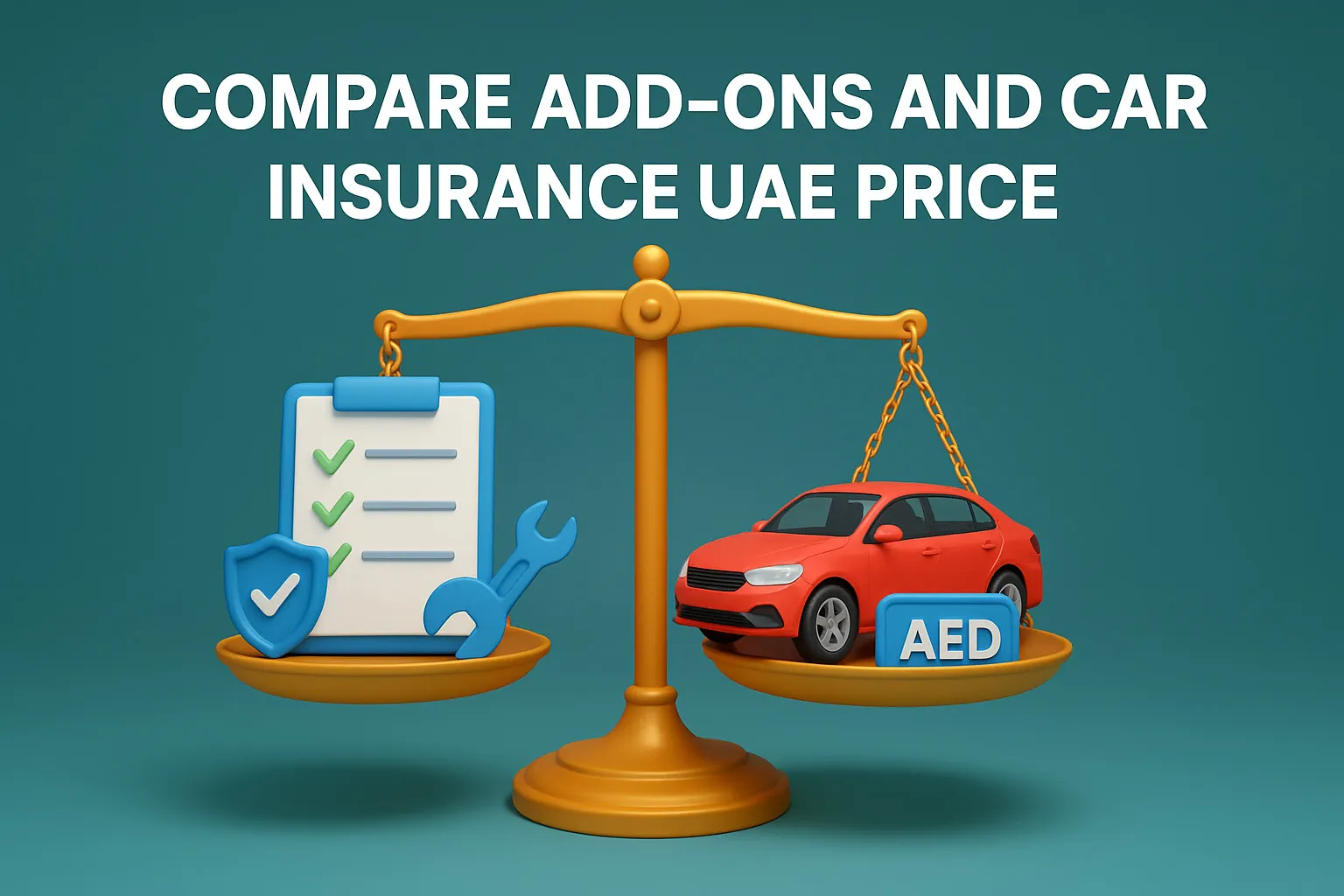Do you ever dream of driving a special and fancy car you can’t find in your local area? Then importing a car to the UAE might just be how to make that dream come true! Imagine cruising around the dazzling streets or exploring the beautiful landscapes using one of the most expensive cars in Dubai. This blog is here to help you understand all the important things you need to know about bringing a car into the UAE.
Firstly, we’ll talk about the essential documents you’ll need in this helpful blog. Don’t worry; it’s not as complicated as it sounds. Next up, we have the necessary steps to follow. You also need to know the taxes! Yes, car importing involves some taxes, but don’t fret; we’ll explain it later. Consider it a small fee for bringing your dream car into this amazing country.
So, whether you’re a car enthusiast looking for something unique or someone who wants to experience luxury on the road, importing a car to the UAE might be the fantastic adventure you’ve been waiting for! Let’s dive into this exciting process together.
Requirements for importing a car in the UAE
Hey there, car enthusiasts! Before you get excited about bringing a car to the UAE, ensure you’re eligible. To import a car into the UAE, you need to meet the following requirements:
- Resident in the UAE and have a valid residence visa. If you’re thinking about bringing a car into the UAE, there’s an important rule you need to know. To do that, you must have a valid residence visa. That’s like a special card showing you legally live and work in the UAE. This rule is in place to ensure only people allowed to stay in the country can bring in their vehicles. You need this visa to import a car here so that you can import it. Imagine this: The UAE wants to welcome only those officially part of the country to bring their cars along. It’s like an exclusive club where you need the right membership card. So, if you have that special residence visa, you’re all set to explore the amazing roads of the UAE in your own imported car!
- Obtain a No Objection Certificate (NOC). If you’re planning to bring your car into the UAE, there’s an important step you must take first. Before importing your vehicle, you must get a NOC, “No Objection Certificate,” from the UAE’s Roads and Transport Authority (RTA). Now, you might be wondering what this NOC does. Well, it’s like a thumbs-up from the UAE authorities, giving you the green light to bring your car here. It’s their way of ensuring the vehicle you want to import meets all the safety and emissions standards required in the UAE. Think of it as a safety check, ensuring that your car won’t cause any harm to the environment and that it’s safe to drive on the roads here. Having this NOC makes the whole process of importing your car much smoother and hassle-free. So, before you embark on your car-importing adventure, get that special certificate from the RTA.
Note: If you’re an Emirates citizen, you can easily bring cars below 10 years old into the country. If the car is over 10 years old, you’ll need special permits from the government, like the RTA in Dubai. It’s best to bring left-steering cars unless they’re at least 25 years old because you can only drive right-hand cars if they’re that old or older. And before you get all revved up, remember the car should be in good shape with no damages before you bring it in.
Required Documents For Importing a Car in the UAE
When you’re ready to import your car to the UAE, you must collect important documents to make the process smooth and trouble-free. Here’s a simple checklist of what you’ll need:
- Copy of your UAE driver’s license.
- Copy of your passport and UAE residence visa.
- Original vehicle registration documents from the country you’re exporting the car from.
- Export certificate from the country of origin.
- Certificate of conformity or vehicle specification sheet.
- Copy of the bill of lading or airway bill.
Having all these documents ready will make your car-importing journey smooth and hassle-free. So, gather them up, and get ready to hit the roads of the UAE with your beloved car!
Steps to Import a Car in the UAE
Collecting the car
Let’s talk about what happens when your imported car arrives in the UAE. When your car reaches here, it goes through a special process called clearance. Just imagine it like going through a customs check at the airport.
The clearance takes place at certain entry points in the UAE, such as Jebel Ali Free Zone, Port Rashid, or Port Zayed, depending on which emirate you’re in. It’s like a formal checkpoint for your car to ensure everything is okay. During this inspection, the authorities will inspect your car to ensure it meets all the necessary standards and is safe to drive on the UAE roads. You’re good to go once they give their approval and a thumbs-up!
But wait, there’s one more thing. As part of the process, you’ll need to pay a fee to the authorities. It’s like a small fee for bringing your car into this wonderful country. This fee is typically 5% of your car’s value in the UAE.
Once you’ve paid the required fee, you’ll receive a clearance certificate after paying customs duties. The estimated cost is around AED 4,700 (please note that this amount may vary slightly based on the car’s country of origin). Additionally, you’ll need to pay AED 700 for the container inspection.
Before your vehicle is released at the customs inspection office in the port, you’ll need to pay this amount upfront. Once cleared, you’ll get cool blue export plates to attach to your car’s bumpers. These plates cost AED 60 and an extra AED 10 for the clearance certificate paper. Now you’re all set for your exciting road adventures!
Vehicle testing
Alright, you’ve got the clearance for your awesome car! Now, it’s time to get it tested before hitting the roads. But wait, before you head to any testing centers in Dubai or other emirates, you’ll need the No Objection Certificate (NOC). Just submit your clearance certificate to the Industry Department at the Ministry of Finance and Industry, and they’ll hook you up with the NOC!
Now, let’s talk about testing centers. There are fantastic spots all over the UAE where you can get your car checked out. You’ll find three awesome government-approved centers:
- Al Shamil
- Tasjeel
- Tamam
Gather up these important documents for the test:
- Your import documents
- Original and copies of your passport, Emirates ID, and driving license
- The custom clearance certificate
If your car comes from the GCC region, the testing fee starts at AED 120. But if it’s from outside the GCC, you might be looking at around AED 450 for the inspection. Remember that the fee can vary a bit depending on which center you go to. During the test, they’ll run some tests on your car to ensure it’s strong and safe for the roads.
Car insurance
Now that your car is ready to zoom around the UAE, it’s time to get car insurance! There are lots of great companies in the UAE that can help you out with that.
The cost of insurance quotes can differ depending on the car type you have and the insurance company you choose. To get the Insurance all sorted, make sure you have these important documents with you:
- Your driving license
- Emirates ID
- Passport and residential visa
- Vehicle Registration Certificate
- Bank Statements
Vehicle Registration
Now that you have your car insurance sorted, it’s time for the next exciting step! You need to officially register your imported car with the DLD (like the car registration office). To do this, you’ll need a few important things:
- Proof of purchase: Just a document showing you own the car.
- Blue export number plates: These special plates are like temporary tags for your car until it’s fully registered.
- Completed application form: Just a simple form with details about you and your car.
- Insurance documents: Your car insurance papers, so you’re covered on the road.
- Original driving license, passport, and visa (plus copies): Just to show that you’re allowed to drive and live in the UAE.
- Customs clearance letter: Your car has passed the customs check.
- Residency proof (rental contract or utility bill) along with visa: This shows that you live in the UAE and can have your car here.
- Vehicle inspection clearance: A check to ensure your car is safe and roadworthy.
Once you’ve gathered everything and approved, you’ll get a registration card and white number plates for your car. It’s like getting an official ID for your vehicle! Make sure to always keep the registration card in your car, like a driving license for your car. With all this done, you’re all set to hit the road and start exploring the UAE with your imported car! Enjoy the journey!
Taxes on Importing Cars in the UAE from Different Countries
When you import a car into the UAE from another country, there are some taxes you need to pay. The amount of tax depends on where the car comes from and its specifications. Here are some examples of how much tax you might have to pay:
- If the car is from the USA, you’ll pay a 5% tax on the car’s CIF value. The CIF value includes the car’s cost, Insurance, and shipping fees.
- For cars from Japan, India, and the UK, the tax is also 5% of the CIF value.
- But if the car is from Oman or any other GCC country, there’s no customs duty to pay.
Now, let’s see how to calculate this tax. It’s easier than it sounds! Just follow these simple steps:
- Know the car’s value: How much you paid for it in the country it came from.
- Please find out the shipping cost: Get a quote from a shipping company to know how much it costs to bring the car here.
- Add insurance fees: You need to insure the car during the transportation, so get a quote for that too.
- Calculate the CIF value: Add up the car’s value, shipping cost, and insurance fees to get the total CIF value.
- Apply the customs duty rate: Most countries have a 5% customs duty rate, so multiply the CIF value by 5% to determine the total import tax you must pay.
To make it even easier, use this formula: (Car value + Shipping cost + Insurance) x Customs Duty Rate.
That’s it! Now you can calculate the import tax and be prepared for the costs when bringing your car to the UAE. Happy importing!
Final Words
Importing a car into the UAE can be a great idea if you’re searching for a particular vehicle or want a better deal than you can find here. This blog lays out some helpful tips to guide you through the import process, so you can smoothly cruise around the UAE in your dream car. Happy driving!







